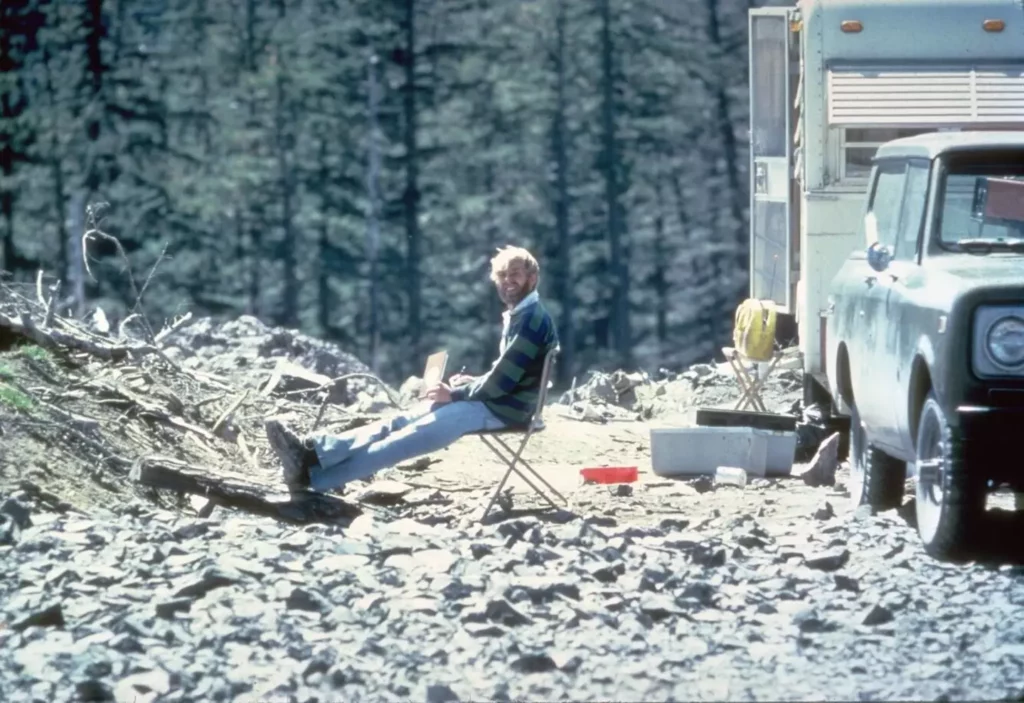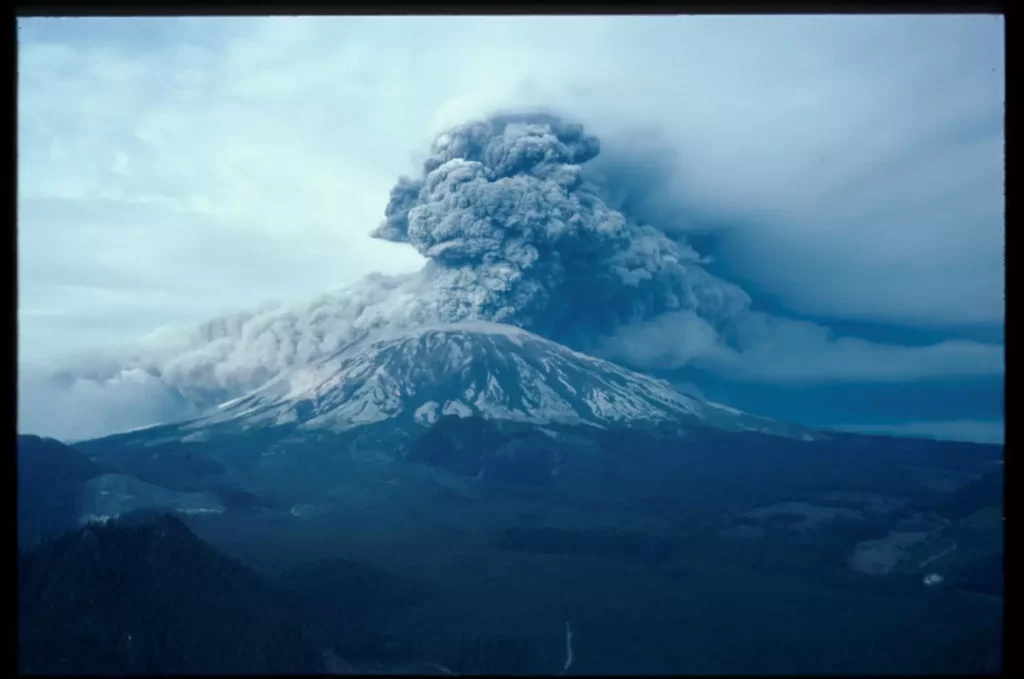The last photograph of volcanologist David A. Johnston starkly illustrates the sheer brutality and relentless power of nature.
Johnston had been captivated by volcanoes and volcanic activity from a young age, eventually dedicating his life to studying these natural phenomena. He went on to work for the United States Geological Survey, where he focused primarily on volcanic gases and their connection to eruptions.
When reports of heightened activity at the previously dormant Mount St. Helens in Washington emerged in 1980, Johnston traveled to the region to start investigating the volcano.

The 1980 Mount St Helens eruption
Dormant since the 1840s, Mount St. Helens showed signs of renewed activity starting in March 1980. In the months that followed, earthquakes were reported in the area, with increasing frequency through March and April. This seismic activity was soon accompanied by steam eruptions and noticeable bulges on the side of the volcano, indicating that magma was shifting beneath the surface.
On May 18, the eruption occurred following a 5.1 magnitude earthquake. This was followed by a violent explosion and a highly lethal lateral blast, which caused the collapse of the mountain’s north face.
The eruption became the most destructive in American history, devastating an area of 596 square kilometers (229 square miles) around the volcano and resulting in the deaths of 57 people.
David Johnston and the Mount St Helens eruption
On the morning of May 18, 1980, Johnston was monitoring Mount St. Helens from an observation post located six miles (10 km) away.
Johnston’s efforts in the region were pivotal in persuading authorities to maintain the closure of the area around the volcano, despite significant pressure to reopen it. This decision is believed to have saved numerous lives.

After observing a bulge on the side of the mountain, Johnston and a colleague theorized that Mount St. Helens might erupt with a dangerous lateral blast. They volunteered to keep monitoring the volcano from the Coldwater II observation post to the north.
After witnessing the blast, Johnston tried to send a radio transmission about the eruption to nearby Vancouver. His final recorded words were: “Vancouver, Vancouver! This is it!”
His transmission never reached its destination.
After the eruption, teams worked to locate Johnston and the Coldwater II observation post, both of which had been obliterated in the blast.
Years later, some fragments of Johnston’s USGS trailer were recovered, but his remains were never found. Coldwater II was later renamed ‘Johnston Ridge’ in honor of Johnston and his contributions.





